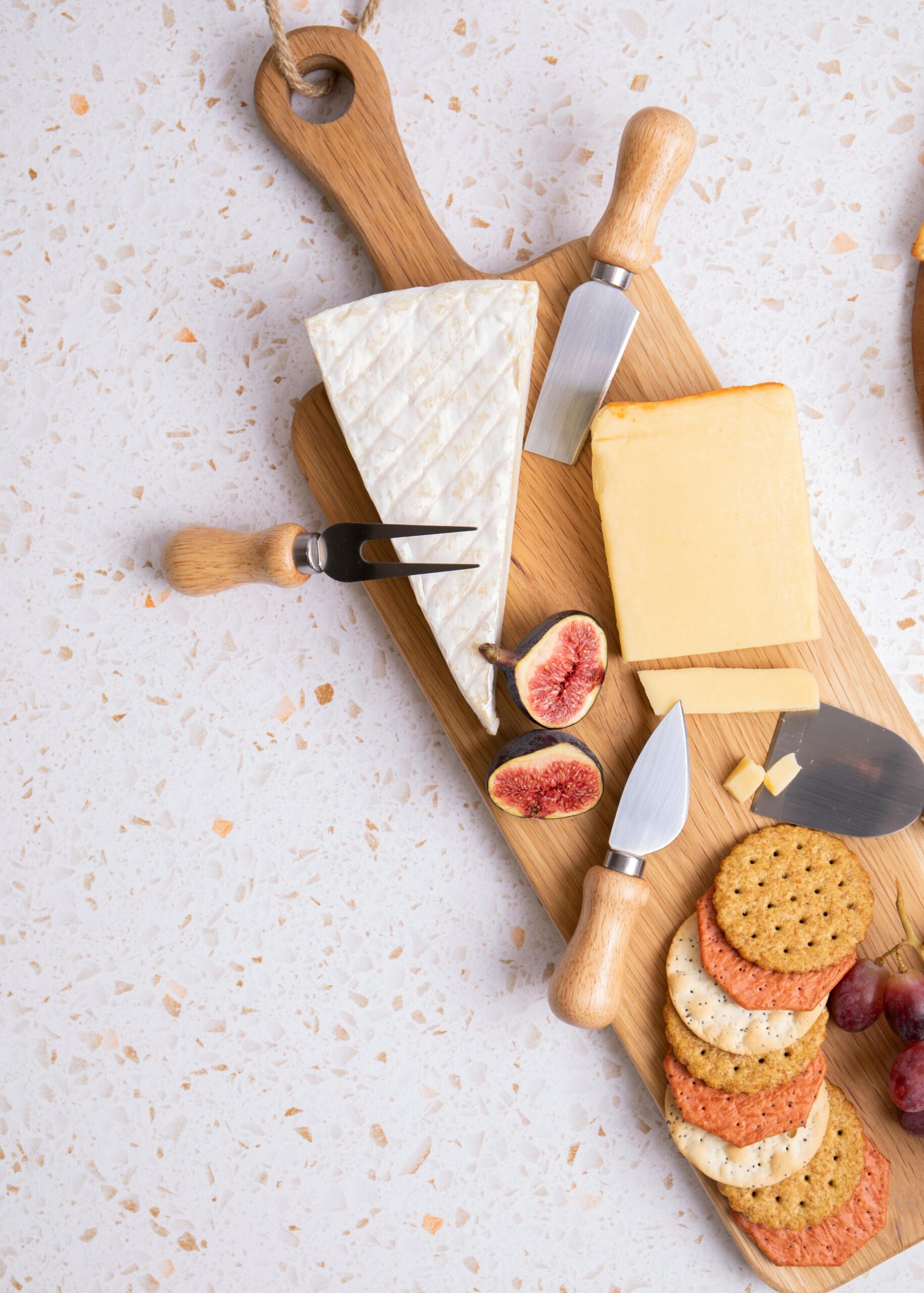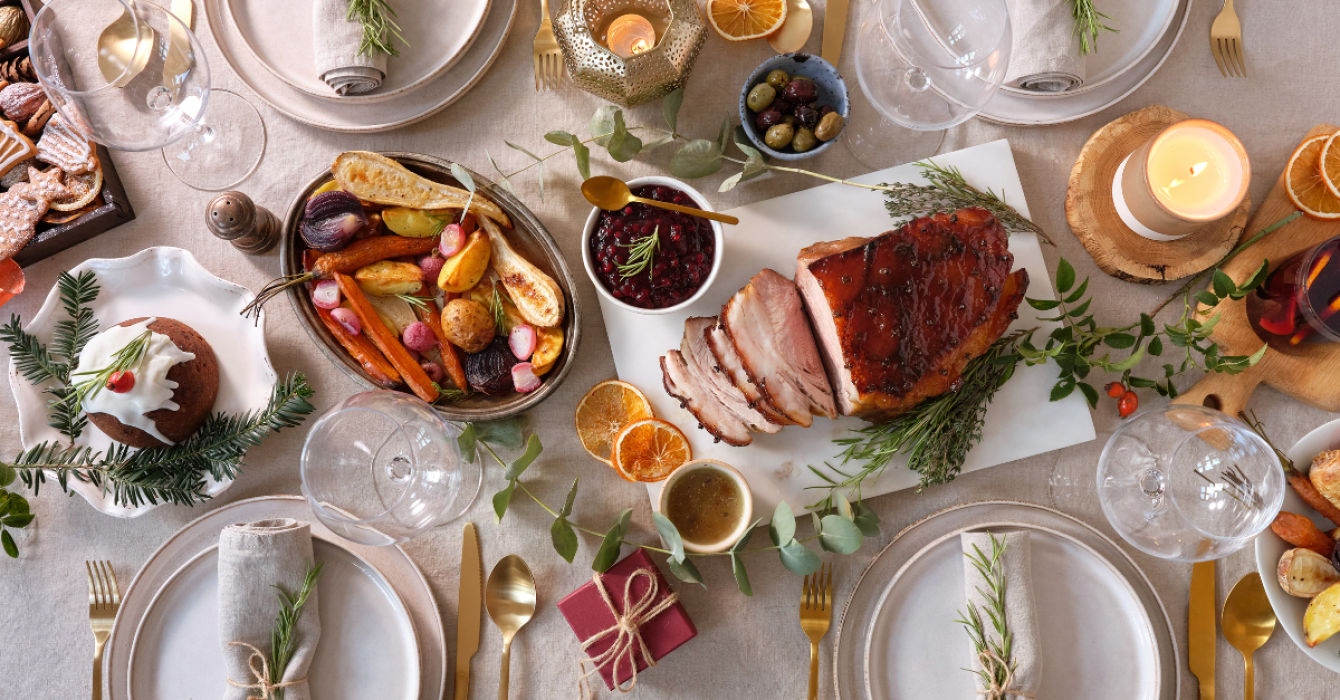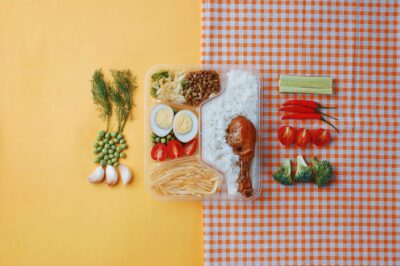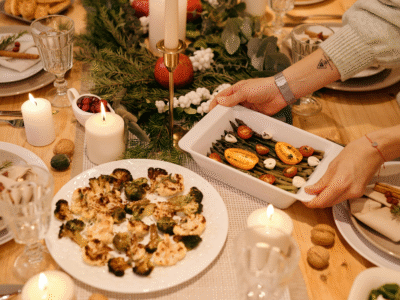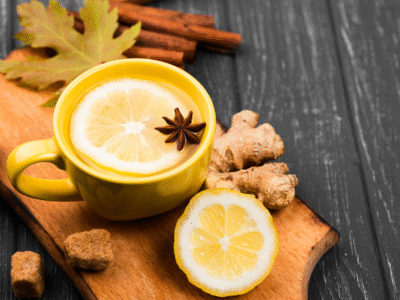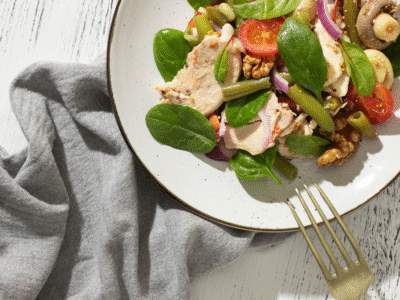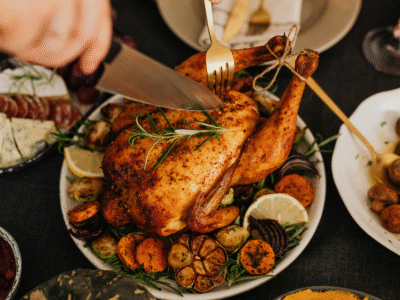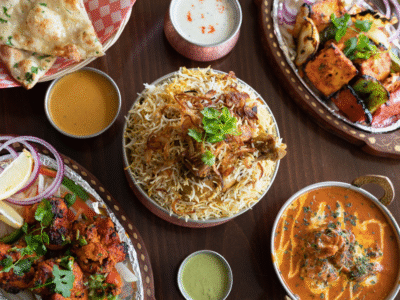If you want to keep on track with your health goals this Yuletide, here are the festive favourites that are highest in fat, sugar and calories – and what to eat instead to get your fix.
The holiday season is a time for indulgence, festivity and, of course, food.
While we all look forward to the classic treats that make Christmas so special, some of these beloved holiday staples could be wreaking havoc on your health.
In fact, nutritionist Kelly Gray warns that people put on around 5lb on average over the festive period.
We’re not saying you have to ban them from your plate altogether, but being aware of their hidden drawbacks might make you think twice before reaching for that second (or third!) helping.
L360 breaks down the iconic Christmas foods that may be worse for you than you think, and reveals healthy swaps to go for instead.
Read more: ‘I tried everything in Marks & Spencer’s 2024 Christmas food range – these are my top picks’
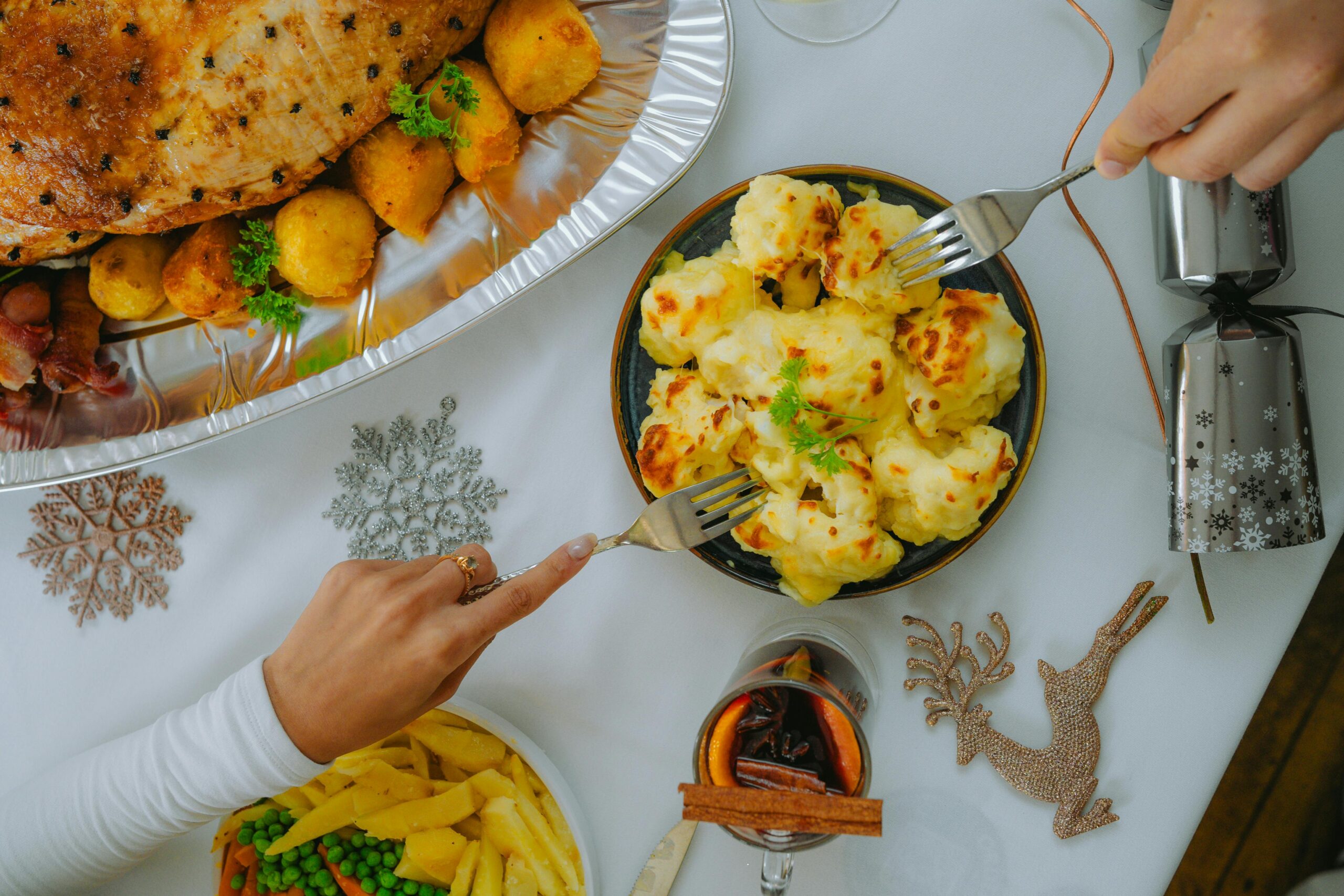
Pigs in blankets
These bite-sized, sausage-wrapped-in-bacon delights are a must-have on most Christmas tables.
But despite their small size, they pack a serious punch in terms of saturated fat, sodium and calories.
Sausages are typically high in processed meats, which have been linked to an increased risk of heart disease, and wrapping them in bacon doubles down on the unhealthy fats.
Eat This Much states that, on average, four piggies contain around 280 calories and are made of 65% fat.
How to make it healthier: Use lean bacon to cut back on the bad stuff without sacrificing taste, and try turkey sausages or veggie alternatives.
Speaking on behalf of Spin Genie, nutrition expert Kelly Gray adds: “One of the healthiest foods at Christmas is turkey, being one of the leanest meats. It’s low in fat and high in protein.”
And if you’re keen to keep calorie intake down (amid some well-deserved indulgence), Kelly recommends avoiding cranberry sauce as it’s high in sugar.
Read more: Experts are saying that this superfood can help cure digestive issues, improve skin and benefit your overall health
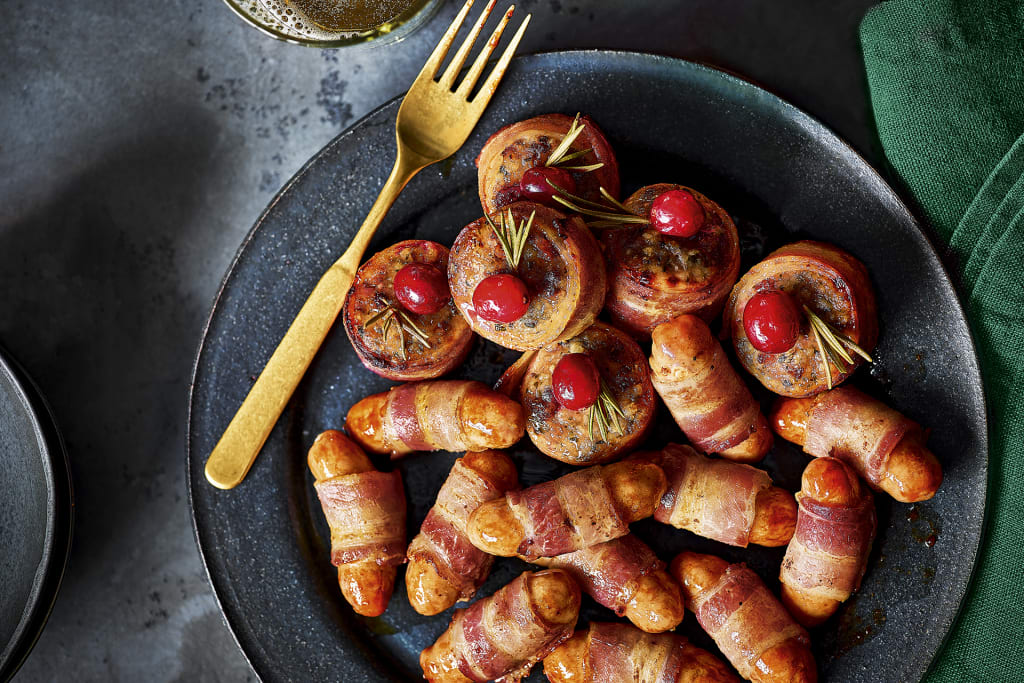
Stuffing
A Christmas dinner essential, whether it’s served inside the turkey or on the side, stuffing when prepared in traditional fashion can often be loaded with butter, fatty meat and white bread. These can quickly add up to high levels of saturated fats, refined carbs and empty calories.
And let’s not forget that it’s usually drenched in gravy, which is often high in calories, saturated fat and sodium.
How to make it healthier: Swap white bread for whole grains and bulk up your stuffing with vegetables like mushrooms, onions or chestnuts for added fibre and nutrients.
Read more: Three black garlic recipes to try this autumn
Mince pies
They may look innocent, but these little pastry parcels can be surprisingly unhealthy.
Packed with sugar, saturated fats and calories, mince pies are a concentrated source of sweetness that can quickly make you pile on the pounds.
The pastry is the real culprit here, loaded with butter or lard, while the mincemeat filling is often high in added sugars.
How to make it healthier: Opt for a lighter version by making your own using filo pastry and reducing the sugar content in the filling.
You’ll still get all the festive flavour without the extra calories.
Read more: Best London bars and restaurants for cosy heated outdoor dining for 2024
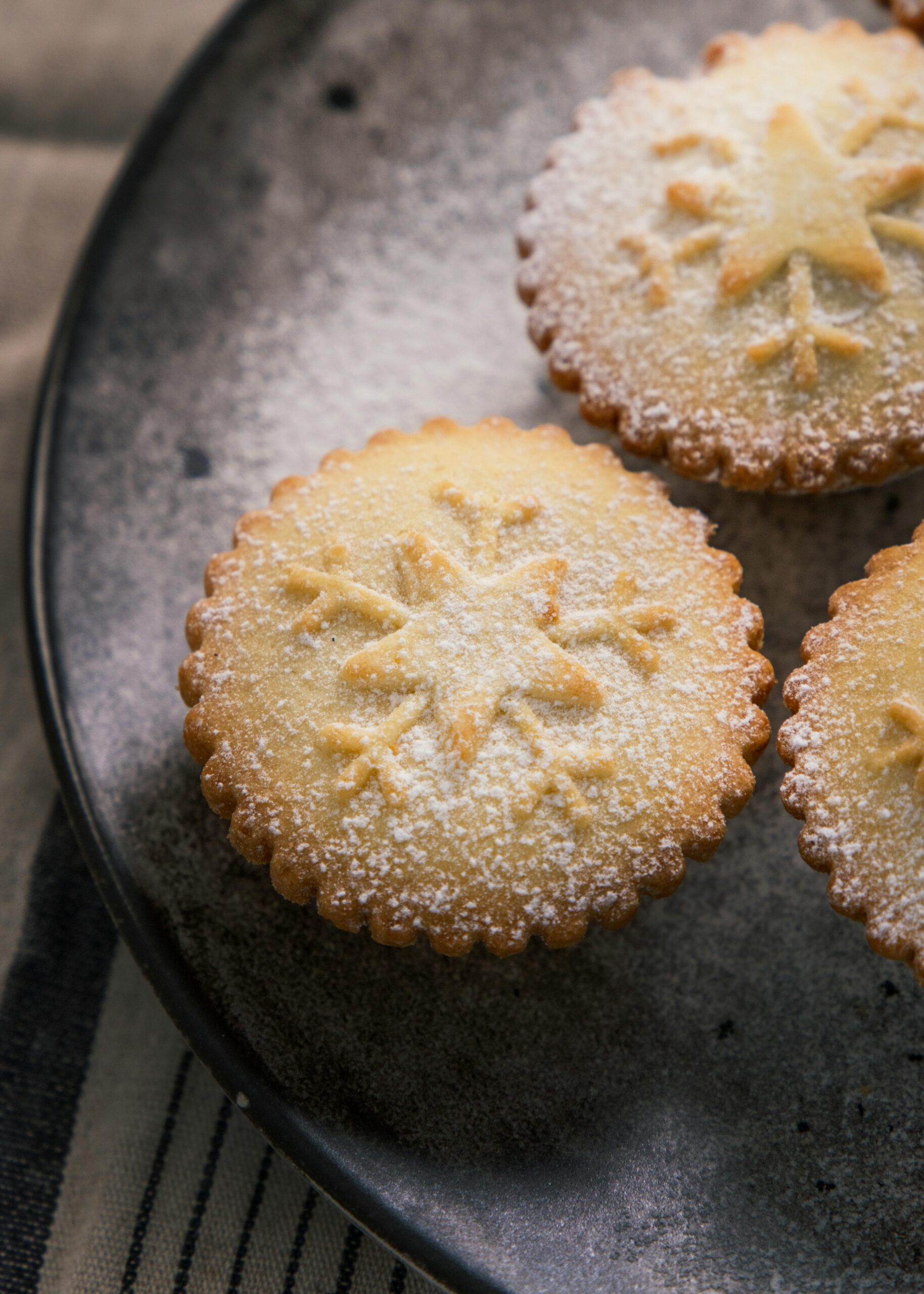
Christmas pudding
When it comes to Christmas pudding, people might believe that because of the high fruit content this could actually be a healthy choice.
However, Kelly says: “Unfortunately it’s made with possibly more sugar and fat than fruit, contributing to a high calorie content.”
A single serving can contain more sugar than you should have in an entire day — not to mention the generous splash of brandy cream that often accompanies it.
How to make it healthier: Make a lighter version by using fresh fruit instead of dried, and substitute suet for a healthier fat like coconut oil.
Serve with Greek yoghurt for a protein boost, too.
Read here: Five simple recipes using six ingredients or less
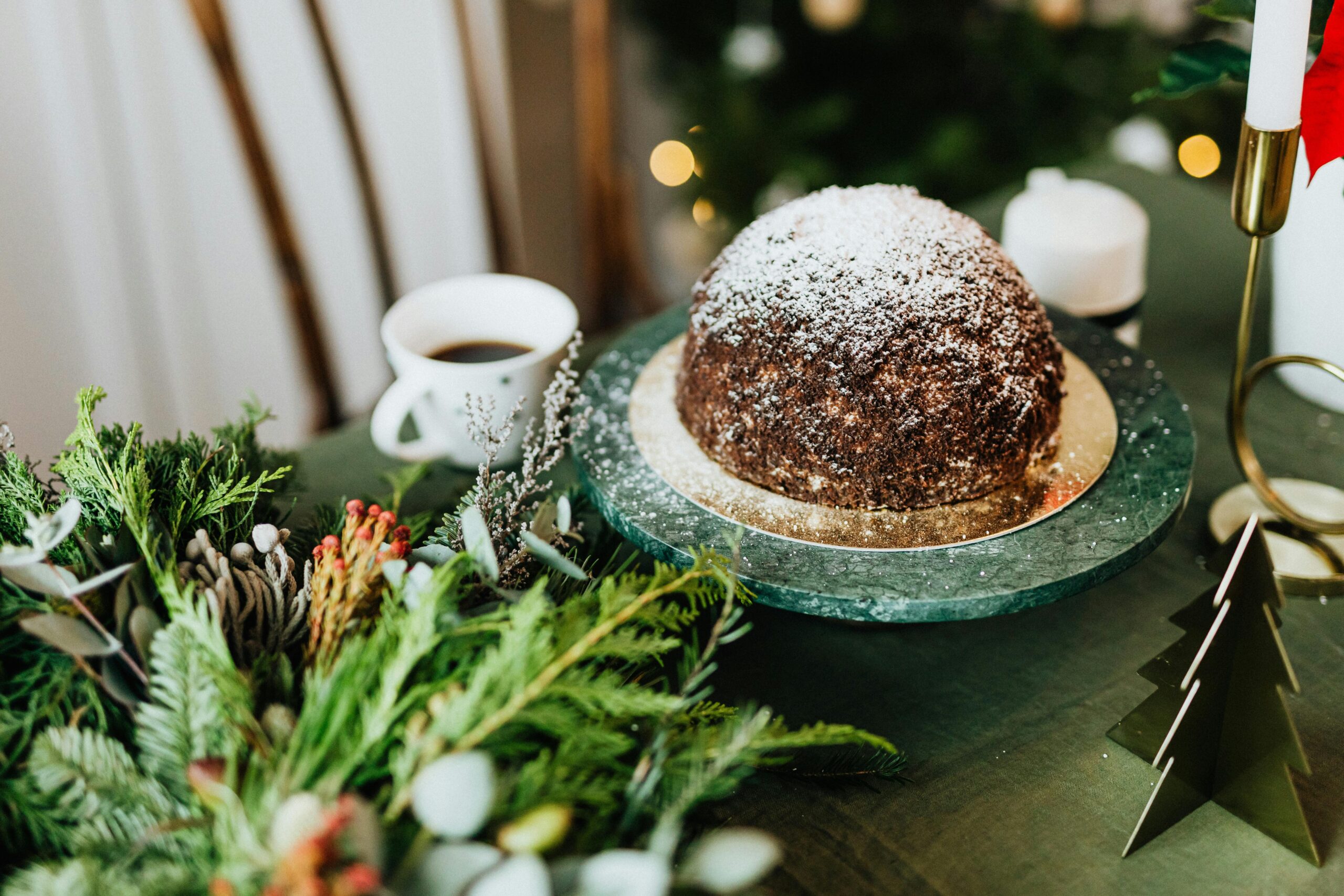
Eggnog
This creamy, boozy holiday drink is synonymous with Christmas, but it’s a nutritional nightmare.
Made from cream, sugar and eggs, and often topped with spirits like rum or brandy, a single glass can contain 340 calories, according to CalorieKing, and a hefty amount of saturated fat.
And let’s face it — who stops at just one?
How to make it healthier: Go for a lighter, non-dairy version made with almond or oat milk, and reduce the sugar content by sweetening it with honey or maple syrup.
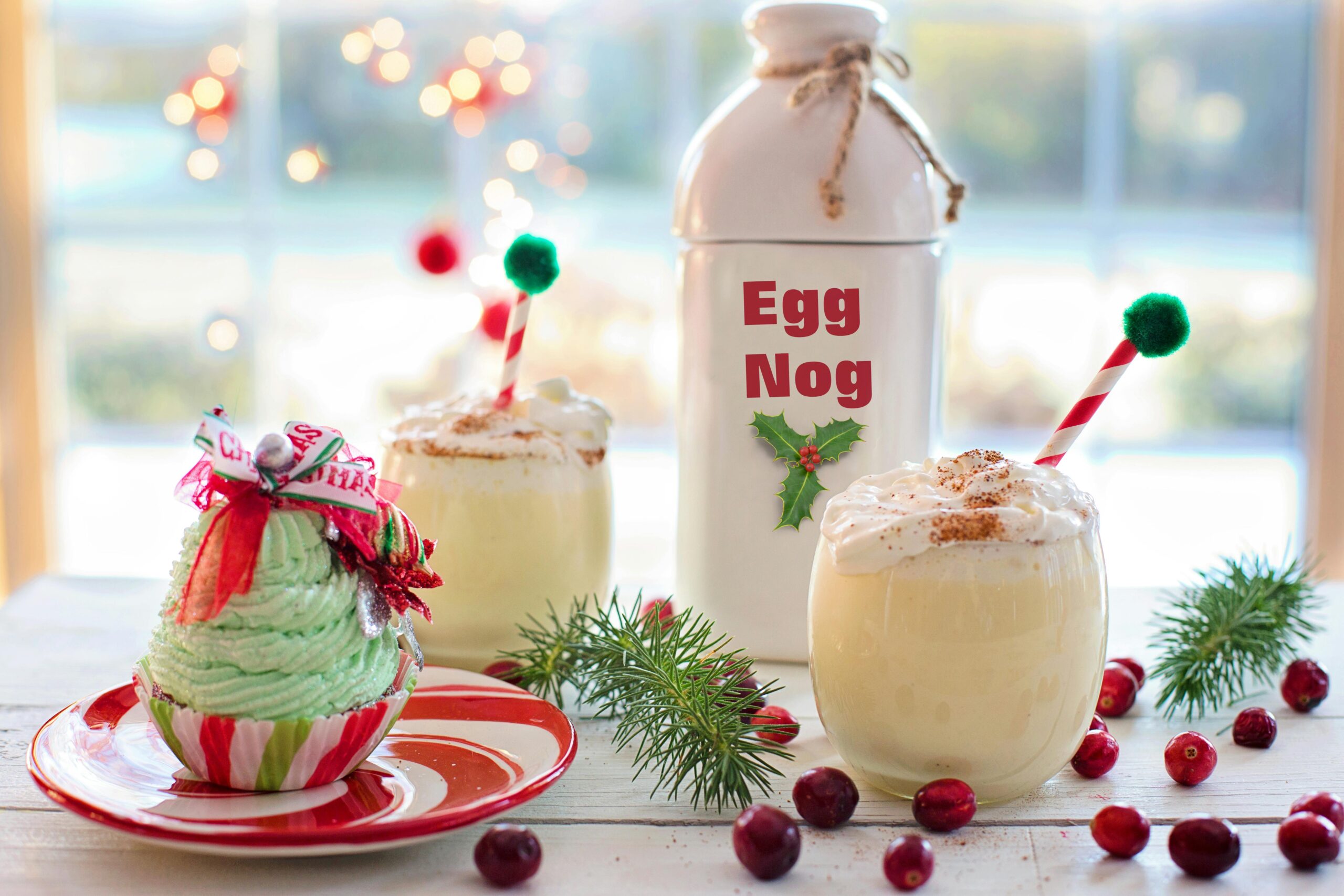
Roast potatoes
Ah, the crispy, golden roast potato — a Christmas dinner favourite.
But what you might not realise is that when you roast them in goose fat or lard, they absorb a significant amount of unhealthy saturated fats.
Plus, roasting at high temperatures can produce harmful compounds like acrylamides, which may be linked to cancer risk, according to a European Food Safety Authority risk assessment. However, it’s not possible to estimate how much the risk is increased.
How to make it healthier: Swap goose for a healthier fat like olive oil and roast your potatoes at a lower temperature. Adding herbs like rosemary can give them a flavour boost without the need for extra fat.
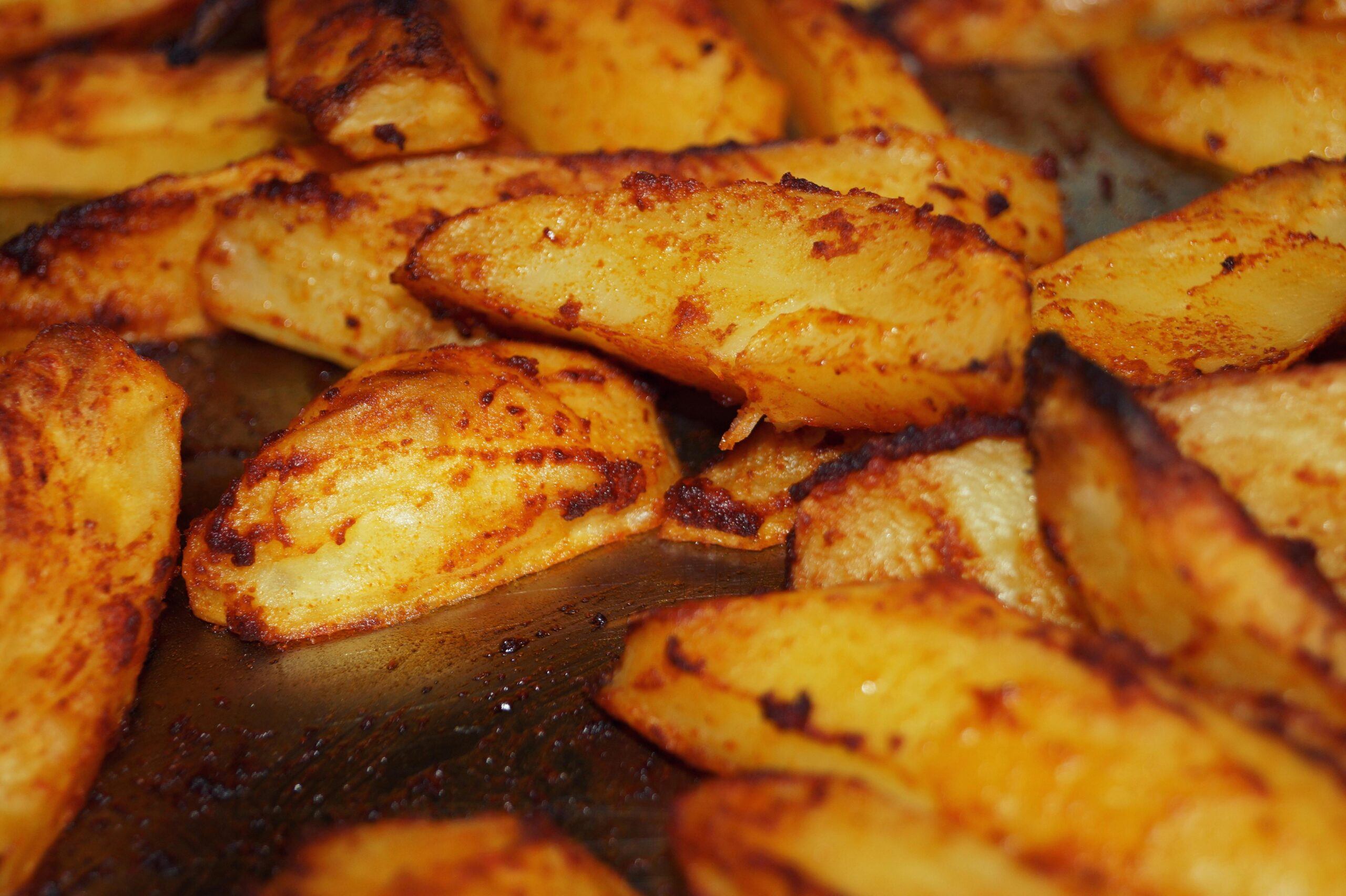
Yule log
The Yule log (or bûche de Noël, to the bougie gals among you) is another classic Christmas dessert, but it’s essentially a sugar bomb.
Made from a rich chocolate sponge and filled with buttercream, this treat is as indulgent as it gets.
Even a modest slice can be high in sugar, butter and calories.
How to make it healthier: Opt for a flourless version made with almond meal for a gluten-free, lower-carb option, and replace some of the buttercream with a lighter whipped yogurt or reduced-fat cream cheese.

Cheese board
For many, no Christmas feast is complete without a post-dinner cheese board.
But, sadly, Kelly warns: “Although cheese is full of calcium, overindulging is not a good idea as it’s high in fat.
“When you add it with the extra crackers, it turns into a fairly unhealthy snack.”
Blue cheese, brie and cheddar are some of the worst offenders, and combined with crackers, chutneys and wine, it can become a calorie overload.
How to make it healthier: Keep your cheese portions small, and include lighter options like goat’s cheese or feta. And pair with wholegrain crackers and fresh fruit for a more balanced plate.
